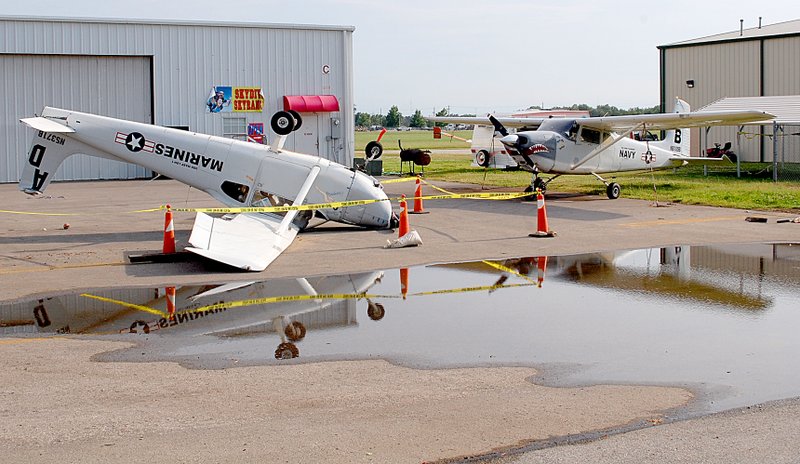Destructive Wind
Weather is a very powerful and destructive force that has a huge effect on aviation. Not only can wind damage aircraft when flying they can do major damage on the ground as well. Pilots as well as ground crew have to follow certain protocols to keep the aircraft safe.
These high winds are formed when there is uneven heating of the earth from the sun (Kirmayer, 2019). As the sun heats the earth air will rise and lower (Kirmayer, 2019). By doing this it creates high and low pressure areas that surrounding air must move into, which results into what we call wind (Kirmayer, 2019). With high wind forces it creates turbulence which is a change in pressure and velocity flow. This makes an aircraft difficult to fly and even worse land.
While an aircraft is on the ground high winds can lift an aircraft right off the ground. There are a few things that ground crew can do to help prevent structural damage from high winds. The first is mooring of the aircraft. This will help prevent the aircraft from blowing away and slamming on the ground. The second way is to park the aircraft facing the oncoming wind and putting gust locks in. These locks help prevent structural damage from flight controls banging around due to the wind. The last resort to keep the aircraft safe is parking it in a hanger or flying it to another airport.

Flying on an aircraft when landing with a huge cross wind is very intimidating and scary. I have also seen flaps, rudders and elevators completely destroyed due to high winds. High winds can be very dangerous and we all must follow the correct procedures when flying or working on our aircraft.
References:
Jessen, Janelle. High Wind Flips Plane. 2014, hl.nwaonline.com/news/2014/jul/30/high-wind-flips-plane-20140730/
Kirmayer, Andy. How Are Winds Formed. 2019, sciencing.com/winds-formed-5145233.html.

Comments
Post a Comment